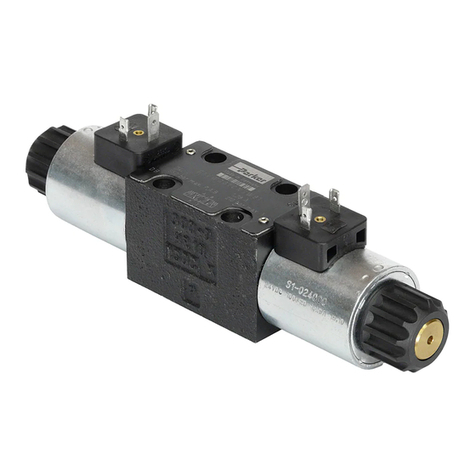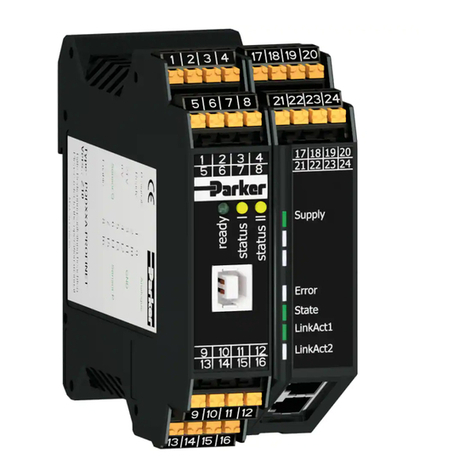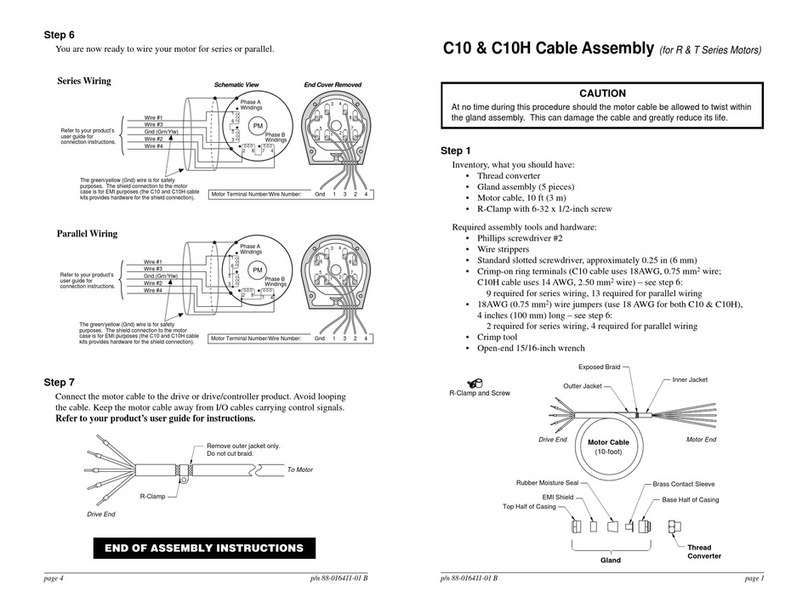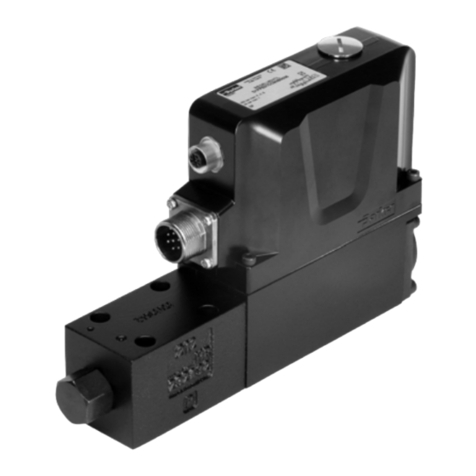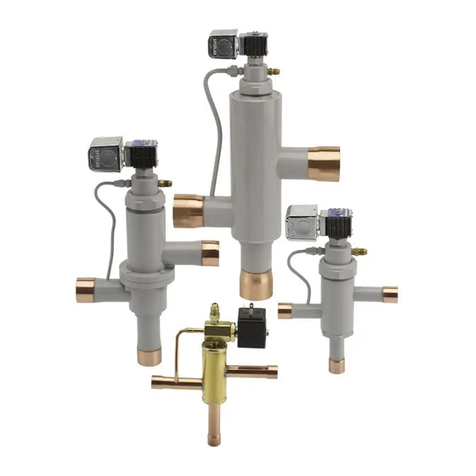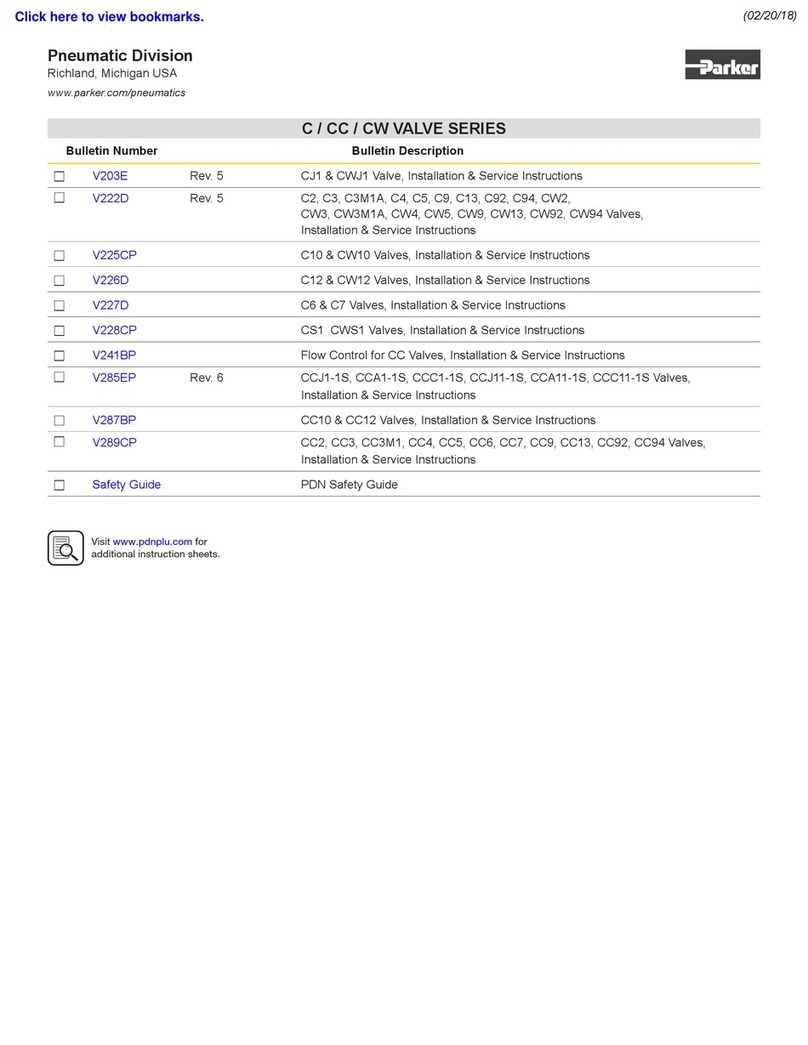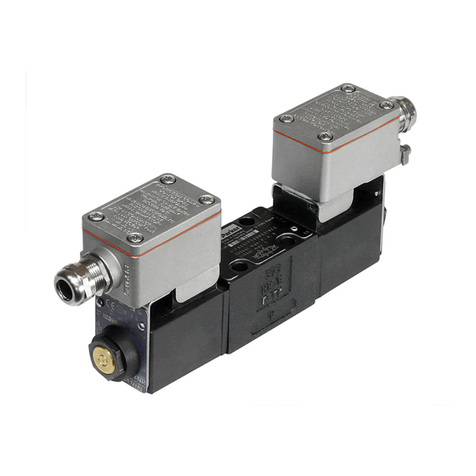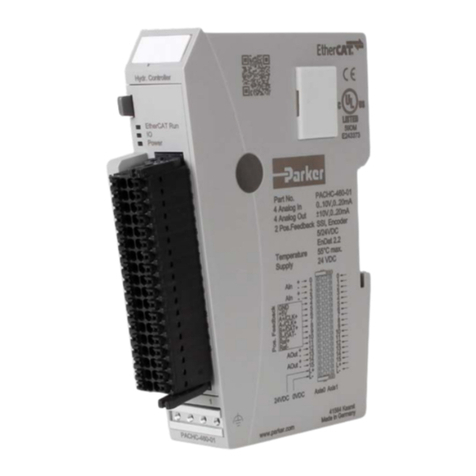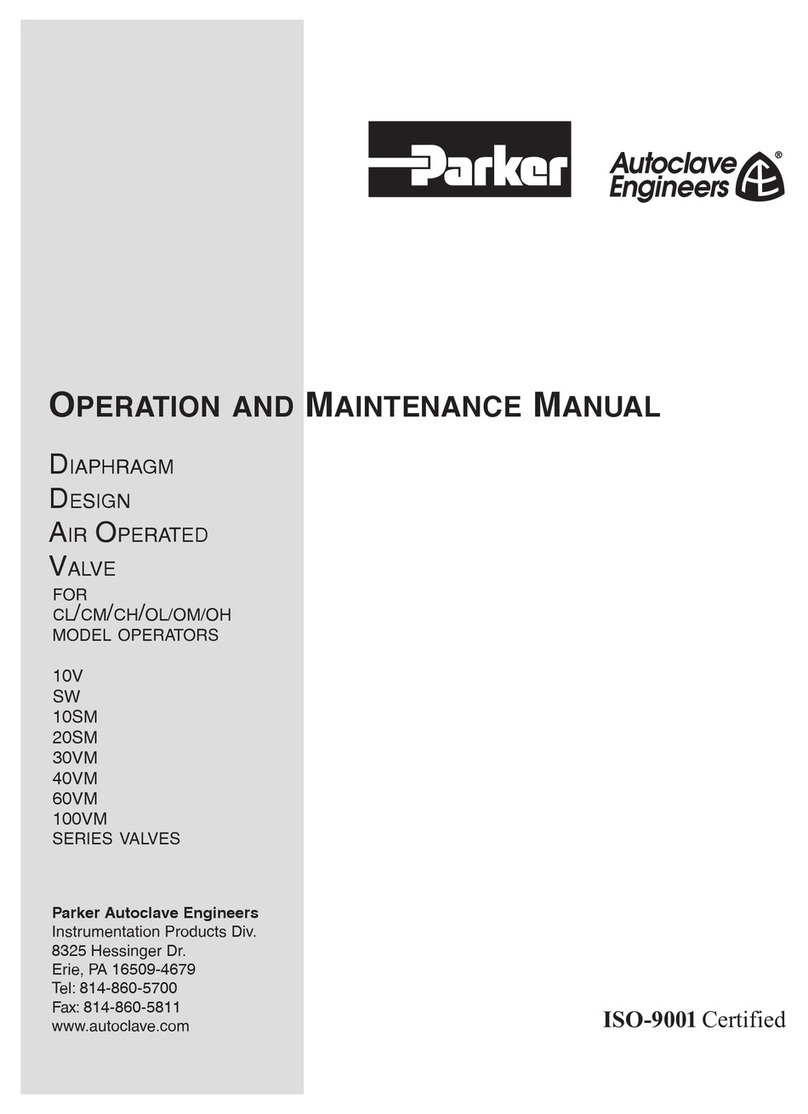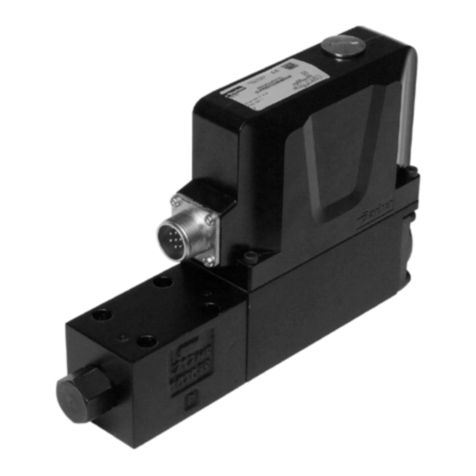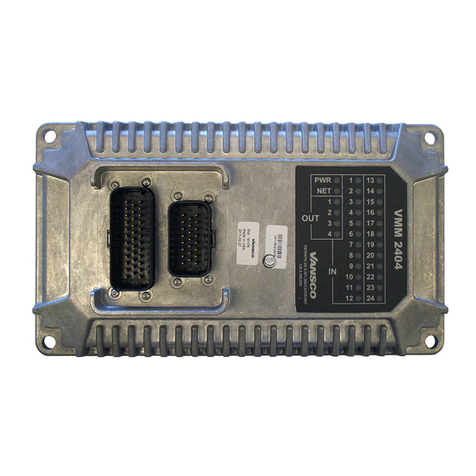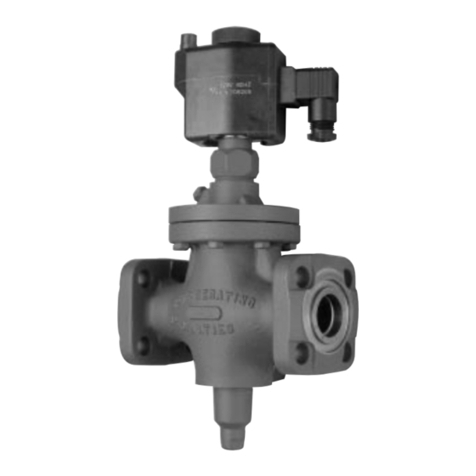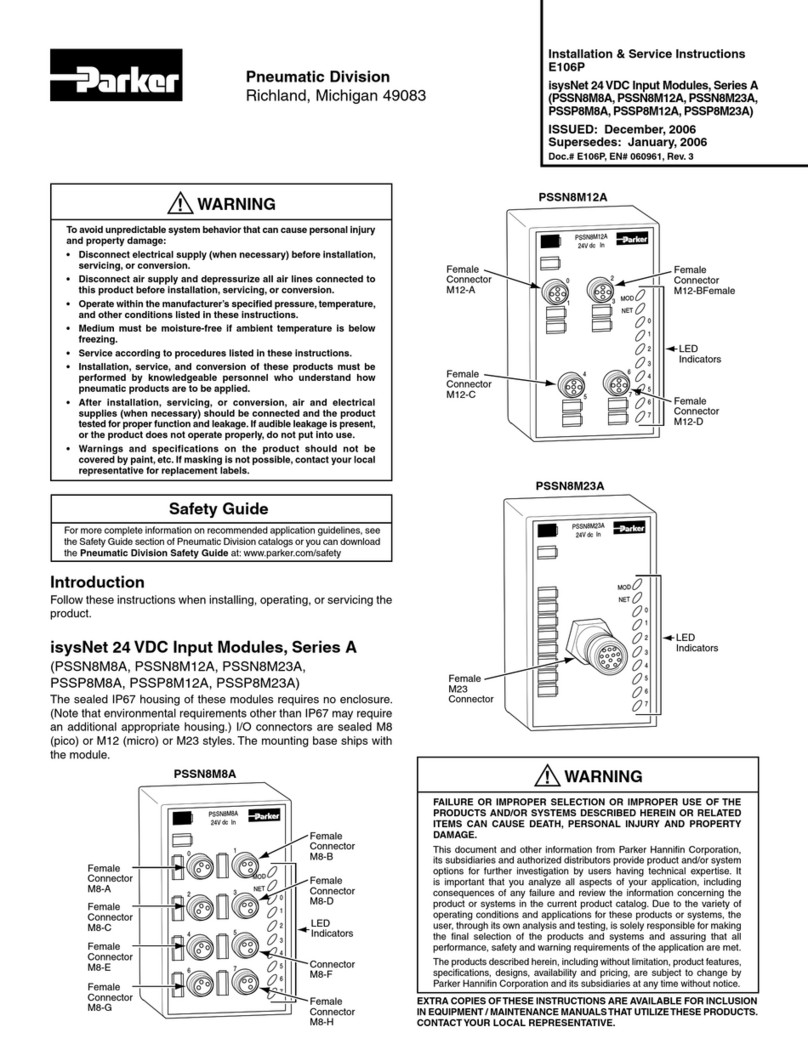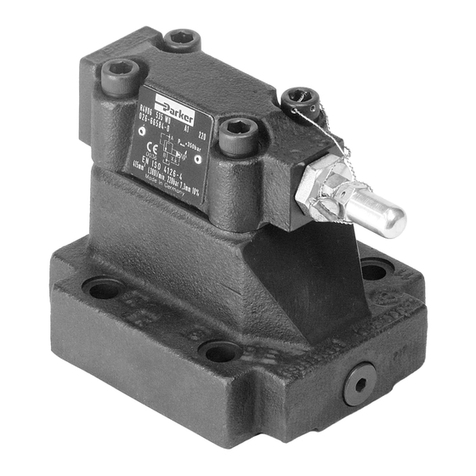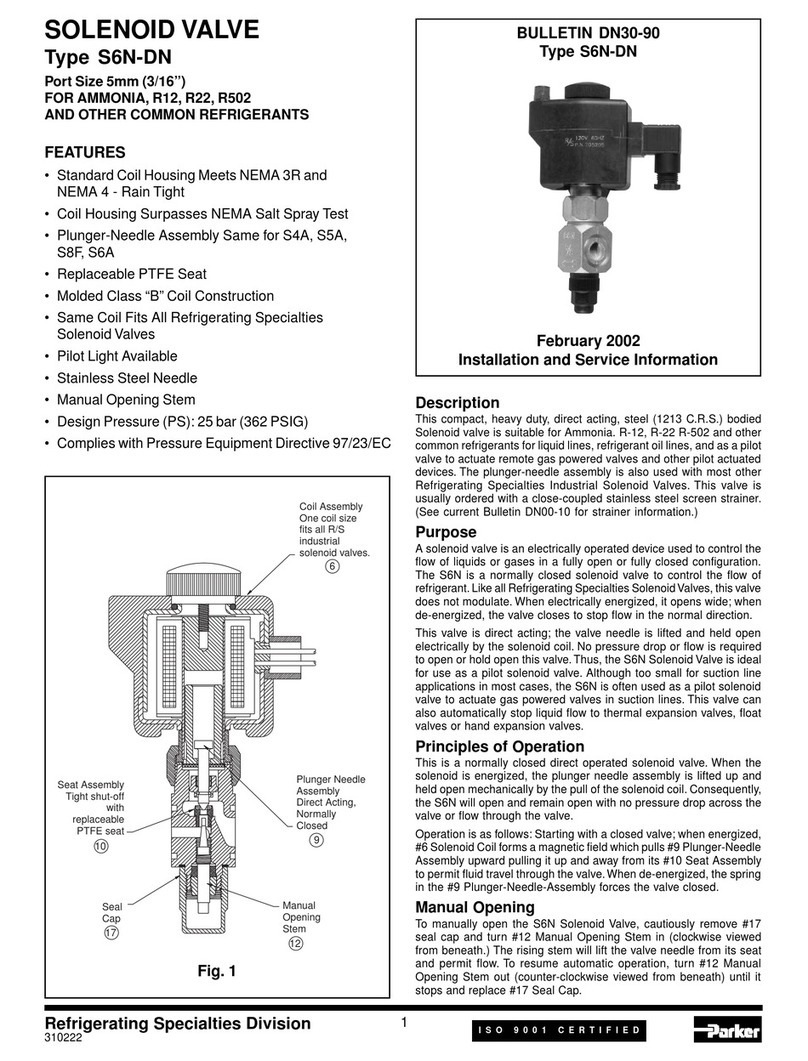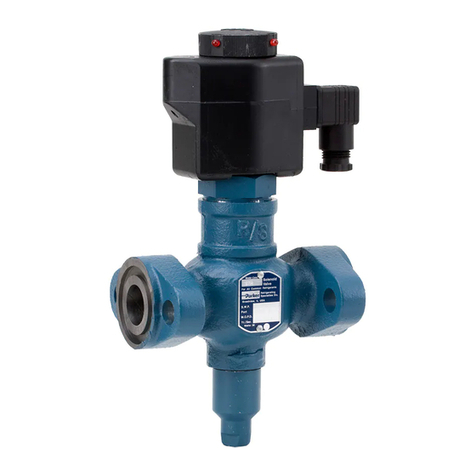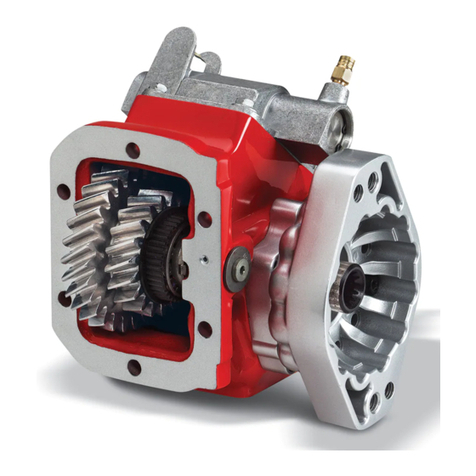
Direct/Pilot Operated DC Valves
Series D1VW*/D*W*EE Explosion Proof
Brief Operation Manual
5Parker Hannifin Corporation
D_W_EE 5715-729 UK_EXT.indd 19.02.20
Attention, safety instruction, please note and implement!
A1. Delivery - Please check the delivery immediately after receiving the product if the content is mat-
ching with the specied scope of supply and for apparent damages due to shipping.
A2. Information obligation - Information regarding safety and health in product documentations must
be read and understood before the customer-specic application (e.g. commissioning and mainte-
nance) and before general use (e.g. storage, transport).
A3. Intended use - If our product is not used for the intended purpose, or structurally modied, impro-
perly used, or there is a failure caused by external impact or force majeure, danger may occur which were
not considered by the manufacturer. Damages resulting from this are not the responsibility of Parker.
A4. Marking, name plates -
Instructions applied on the electronics, i.e. wiring diagrams and name
plates, must be observed and maintained legibly.
A5. Work at the electronics and hydraulics - Installation and commissioning of the electronics may
only be allowed by qualied personnel.
All prescribed requirements for the protection of users must be implemented and complied with be-
fore commissioning/installation/dismantling of the hydraulic components. It should be noted that na-
tional schemes for safety must be observed.
Product specific (P)
P1. Electronic control system - The valve must be operated by a suitable electronic control system.
Connecting to an unsuitable electronic control system may result in irreparable damage to the valve or
the electronic control system.
P2. Temperature - During application, the product may heat up at the surface and exceed the burn
threshold. Even short-term contacts may lead to burns. T
emperatures of more than 80 °C may cau-
se malfunctions of the onboard electronics.
ATEX specific (E)
E1. ATEX specific annexes (chapters) must be observed.
E2. Work on the valve - Throughout any installation, commissioning, maintenance and repair work,
it is the responsibility of the operator to ensure that there is no risk of explosion.
Before starting such work, the operator has to ensure that tools and equipment are only used if they
do not damage the valve and they do not leave behind residues that are inammable.
In addition, clean the valve before starting such work, in particular removing dust, liquids and other depo-
sits. Cleaning should be done using a lint-free cloth. Tools may not be used if they might cause a static
charge on use.
E3. Pressure fluids - The pressure uid must have an ignition temperature of at least 50 K above the
maximum surface temperature of the valve (see EN 13463-5 and IEC 60079-4).
